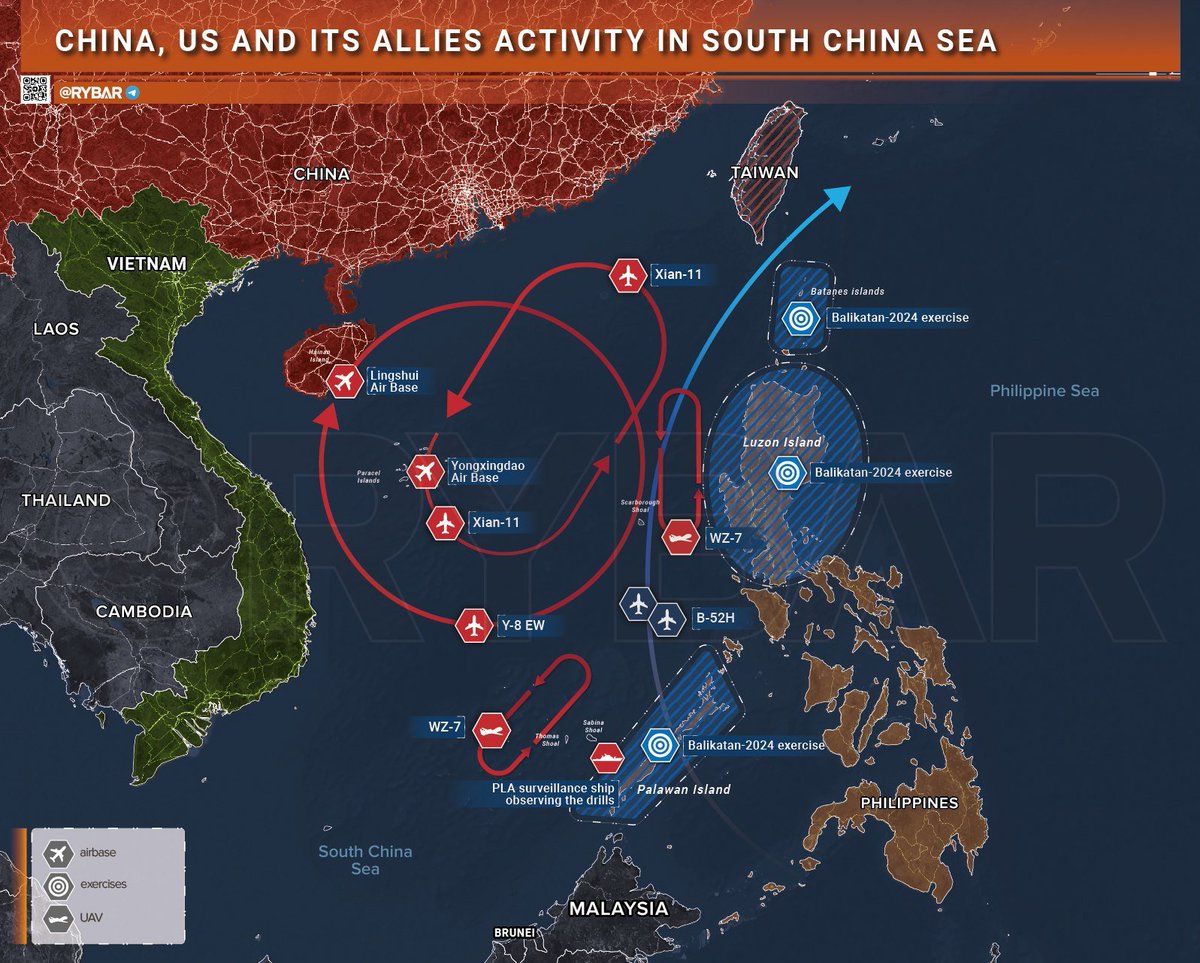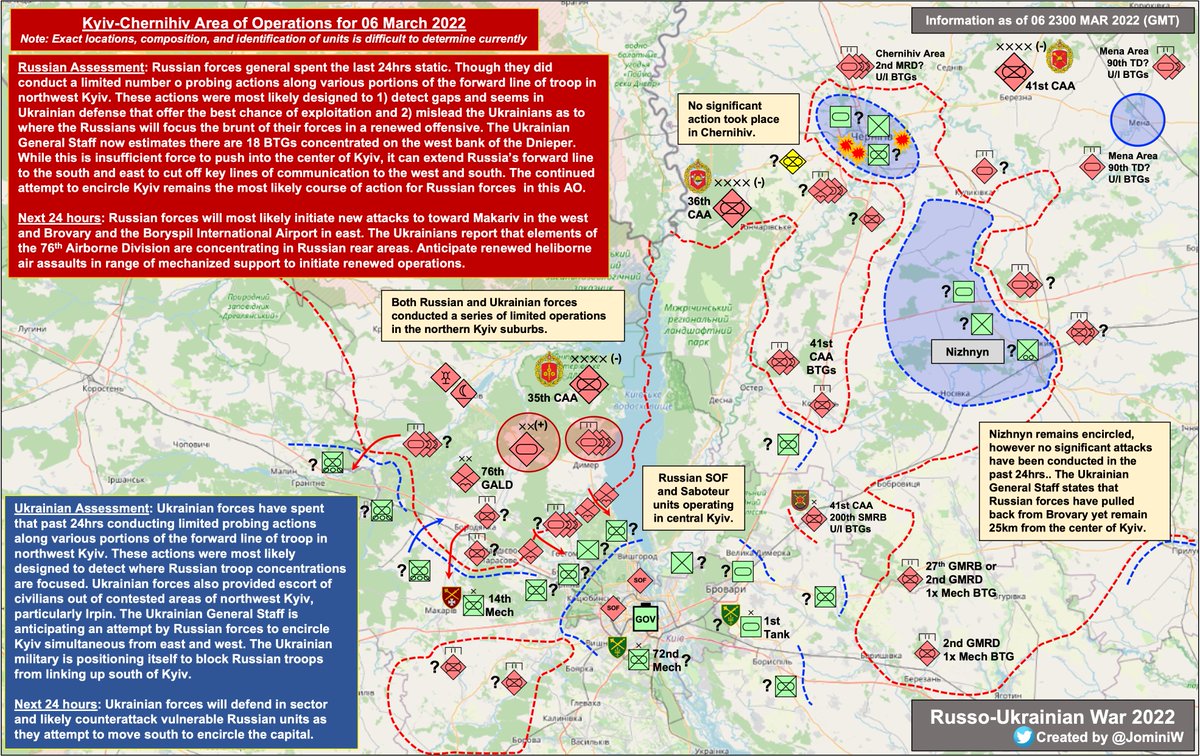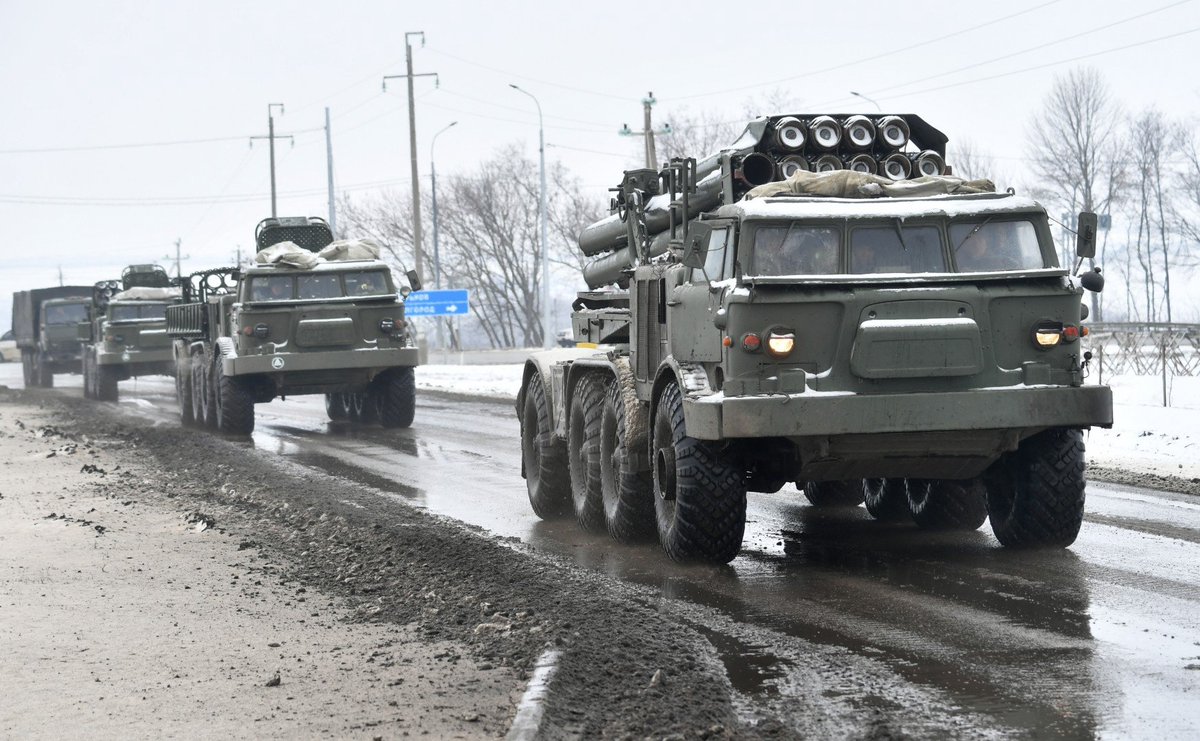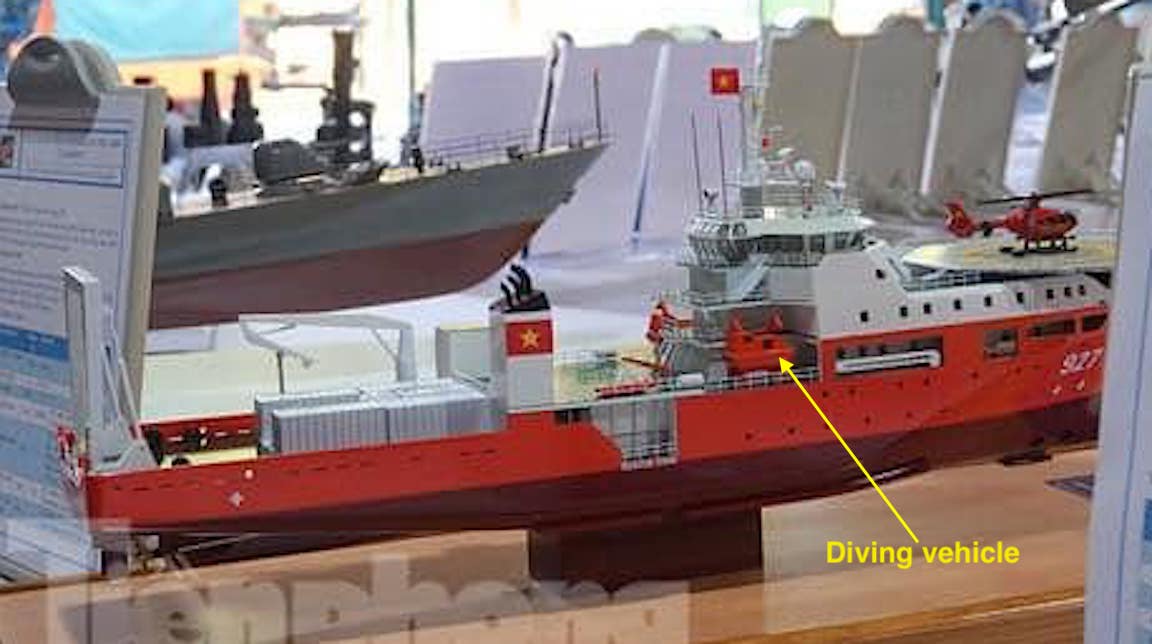
#IndoPacific - Support #HongKong🇭🇰 #Taiwan🇹🇼 #India🇮🇳 🇻🇳 🇵🇭 🇯🇵
Against Hegemony, 🇨🇳 Imperialism, #WEF Globalists / Deep State. For Multipolarity.
14 subscribers
How to get URL link on X (Twitter) App



 2) The Significance of These Exercises
2) The Significance of These Exercises

 2) China deployed the Tianwangxing Electronic Surveillance ship to monitor the #Balikatan2024 exercise.
2) China deployed the Tianwangxing Electronic Surveillance ship to monitor the #Balikatan2024 exercise.










 2) Xinhua News Agency: Election of deputies to the 20th National Congress was completed.
2) Xinhua News Agency: Election of deputies to the 20th National Congress was completed.

 2) Here, the Global Times talks about #PLA military drill areas becoming a threat to #Taiwan's ports & shipping lanes, forming a blockade as a step to achieve reunification by force in the future.
2) Here, the Global Times talks about #PLA military drill areas becoming a threat to #Taiwan's ports & shipping lanes, forming a blockade as a step to achieve reunification by force in the future.https://twitter.com/globaltimesnews/status/1554712334685261824?s=20&t=AdzXUUpeAkISIQPT1VdtMw


 2/ Kyiv AO assessment is detailed in this chart.
2/ Kyiv AO assessment is detailed in this chart. 




 2/n
2/n



 @fravel @Fiona_Cunning 2/ The #US DoD's report assessed China's nuclear arsenal could quadruple by 2030.
@fravel @Fiona_Cunning 2/ The #US DoD's report assessed China's nuclear arsenal could quadruple by 2030.

 2/ Not long ago, Beijing was economical & targeted with its outrage, only lashing out over major issues.
2/ Not long ago, Beijing was economical & targeted with its outrage, only lashing out over major issues.



 @the_hindu 2/ The U.S. DoD Report noted that despite dialogues to reduce border tensions, the PRC has “continued taking incremental & tactical actions to press its claims at the LAC.”
@the_hindu 2/ The U.S. DoD Report noted that despite dialogues to reduce border tensions, the PRC has “continued taking incremental & tactical actions to press its claims at the LAC.”

 2/ The Yet Kieu is designed to rescue submarines & surface ships, survey the seabed & search & recover undersea objects.
2/ The Yet Kieu is designed to rescue submarines & surface ships, survey the seabed & search & recover undersea objects.



